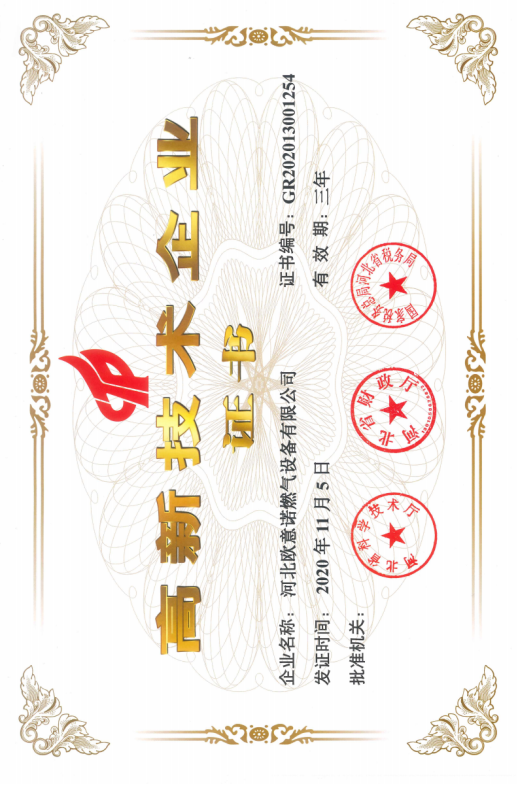
Aug . 06, 2024 06:01
Back to list
Exploring the Functionality and Applications of Pressure Regulating Devices in Various Industries
Understanding Pressure Reducing Devices
Pressure reducing devices are essential components in various industries, ensuring the safe and efficient management of pressure levels within systems. These devices play a crucial role in protecting equipment and maintaining optimal operational conditions. This article explores the importance, functionality, and applications of pressure reducing devices.
Importance of Pressure Reducing Devices
In many applications, high-pressure systems are unavoidable. However, excessively high pressure can lead to equipment failure, leaks, and even catastrophic incidents. Pressure reducing devices mitigate these risks by lowering the pressure to safe levels before it enters sensitive equipment or downstream processes. Their primary function is to maintain a consistent output pressure, regardless of variations in input pressure or flow conditions.
These devices are vital in many sectors, including oil and gas, water supply, and pharmaceuticals. For instance, in the oil and gas industry, pressure reducing devices ensure that gas or liquid is supplied at a manageable pressure to pipelines and processing facilities. In water supply systems, they regulate the pressure supplied to residential or commercial buildings, preventing plumbing failures.
Functionality of Pressure Reducing Devices
Pressure reducing devices work on simple yet effective principles. Most commonly, they employ a mechanism called a pressure regulator. This device allows high-pressure fluid to be reduced to a lower pressure through a controlled orifice.
The key components of a pressure reducing device include the inlet and outlet ports, a pressure-sensing element, and a spring-loaded valve mechanism. When fluid enters the device at high pressure, the pressure-sensing element detects the pressure and adjusts the opening of the valve accordingly. If the pressure exceeds the desired limit, the valve closes slightly, reducing flow; if it falls below, the valve opens wider, allowing more flow. This creates a feedback loop that maintains a steady output pressure.
pressure reducing device

Moreover, advanced designs may incorporate additional features such as pressure gauges, which provide real-time pressure readings, or safety devices that shut off the flow in case of malfunction. These enhancements contribute to the reliable operation and safety of pressure reducing devices.
Applications of Pressure Reducing Devices
The applications of pressure reducing devices are vast. In industrial settings, they are critical in steam systems, where the steam must be delivered at a specific pressure for various processes, including heating and power generation. Additionally, in the brewing industry, precise control of pressure is necessary to ensure the quality and consistency of the final product.
In residential applications, pressure reducing valves (PRVs) are commonly used in plumbing systems. They help protect fixtures and appliances from damage due to high incoming water pressure, ensuring a steady flow and optimizing water usage.
Moreover, in the renewable energy sector, pressure reducing devices play an important role in wind and solar energy systems, regulating pressure in hydraulic systems and ensuring safe operation during fluctuating wind or sunlight conditions.
Conclusion
In conclusion, pressure reducing devices are indispensable in maintaining safe and efficient operations across various industries. Their ability to regulate and control pressure not only protects equipment but also enhances system performance. As industries continue to innovate and evolve, the significance of reliable pressure management will only grow. Understanding and implementing effective pressure reducing solutions will remain a critical aspect of engineering and industrial design, ensuring both safety and efficiency in numerous applications.
Latest news
-
Safety Valve Spring-Loaded Design Overpressure ProtectionNewsJul.25,2025
-
Precision Voltage Regulator AC5 Accuracy Grade PerformanceNewsJul.25,2025
-
Natural Gas Pressure Regulating Skid Industrial Pipeline ApplicationsNewsJul.25,2025
-
Natural Gas Filter Stainless Steel Mesh Element DesignNewsJul.25,2025
-
Gas Pressure Regulator Valve Direct-Acting Spring-Loaded DesignNewsJul.25,2025
-
Decompression Equipment Multi-Stage Heat Exchange System DesignNewsJul.25,2025

